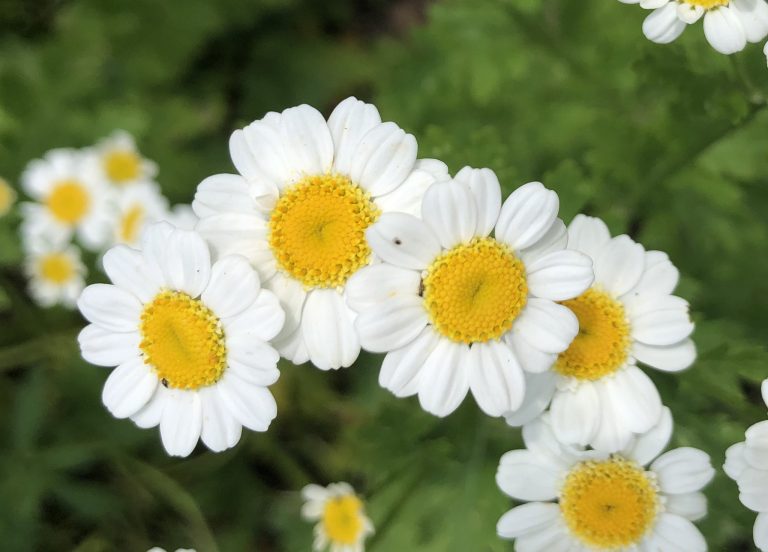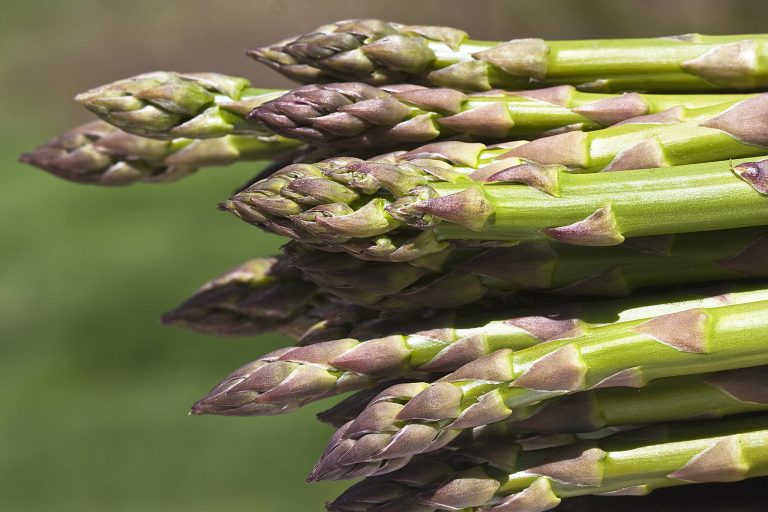Dragonflies may be bedazzling beauties of infinite fascination for the dreamers, but they also have a practical side that nearly everyone can get behind: They are voracious predators, eating up to 150 insects per day — and are especially fond of mosquitoes.
Mosquitoes have a special gift for dampening the delight of outdoor activities, and some of us prefer not to douse ourselves with insect repellent every time we visit our backyards. If you’re seeking a natural solution to this problem, dragonflies may be just the thing.
Like most wildlife, however, you can’t just procure a cluster of dragonflies and expect them to stay where you put them. Dragonflies will come of their own accord if you have the right conditions to entice them, but mosquitoes alone might not be enough. Fortunately, there are plenty of plants (which do stay where you put them) that are known to attract dragonflies.
Dragonfly life cycle
While these insects mature quickly in tropical areas — with multiple generations reproducing in one season, our cooler temperatures slow their development. Dragonflies in temperate regions spend most of their lives in the larval, or nymph stage — under water. Molting as they grow, they may take up to five years to mature, depending on the species. After a final molting into their adult form, their remaining life expectancy ranges from a few weeks to a few months, during which they mate, lay eggs, and generally fall prey to larger predators like birds.
That said, one might question the value of attracting an insect that is only useful for a short time; but that is not the case at all. Dragonfly nymphs are hungry hunters just like their winged parents were, and one of the best ways to control mosquitoes is in the larval stage. So if you have any sort of water feature, populating it with some specific aquatic plants will provide the perfect habitat for reproducing dragonflies and their offspring.
Aquatic plants that attract dragonflies

Arrowhead
Success
You are now signed up for our newsletter
Success
Check your email to complete sign up
Sagittaria is a genus of aquatic perennials that grow in shallow water along the edges of ponds and lakes throughout the United States. Large, arrow-shaped leaves on slender stalks reach well above the water’s surface, creating secluded areas where females can deposit their eggs and sheltered nurseries for growing nymphs.
Also known as duck potato, arrowhead produces edible tubers containing many essential minerals and vitamins. Its modest white flowers open in the afternoon, attracting late-flying insects all summer long.
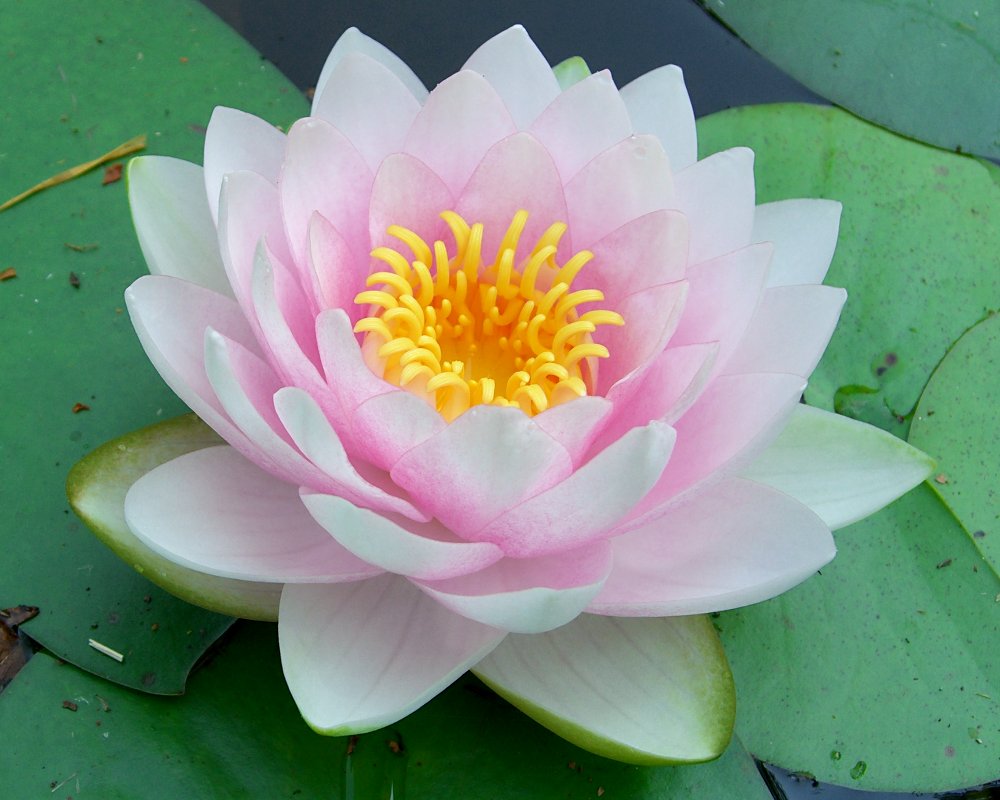
Water lilies
Besides being a gorgeous addition to any pond, water lilies provide ample landing areas and good shelter for dragonflies of all ages. These perennial aquatic plants also help keep water temperatures down by shading the surface, helping to control the growth of algae.
Nymphaea odorata is a species of water lily native to North America. They grow wild along streams and wetlands to a depth of five feet. They can also be cultivated as potted plants submerged in a small artificial pond or large tub of water.

Wild celery
Vallisneria americana is an aquatic perennial found in, but not limited to North America. Unlike Apium graveolens, which shares the same common name, Vallisneria americana is in no way related to actual celery.
Also known as eelgrass, this herbaceous evergreen grows completely submerged. It is often cultivated for aquariums, but can grow to three feet in length under ideal conditions. The long, slender leaves provide a good underwater surface for dragonfly eggs and a dynamic shelter for nymphs. Roots of established plants can be anchored to a pond bed with rocks or gravel, and they will spread through rhizomes.
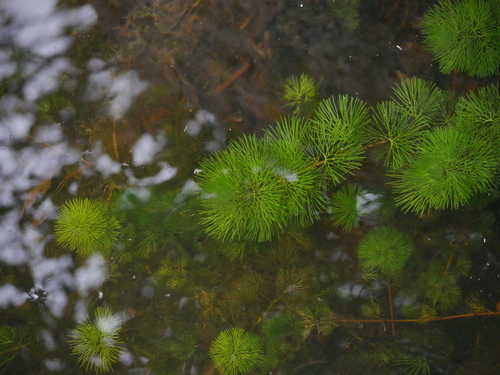
Fanwort
Cabomba caroliniana is an aquatic perennial with delicate, needle-like leaves on hollow stems reaching six feet in length. The plant grows fully submerged, other than the creamy white to light purple flowers that emerge from May to September and float on the surface. Like other aquatics, fanwort provides a safe haven for dragonfly eggs and nymphs.
Native to the southern states, fanwort spreads quickly and is considered invasive in some northern regions. It favors warm temperatures and medium sunlight, and spreads by slender rhizomes rooted in the mud.
If you have a natural body of water nearby, it is likely that these or other aquatic plants — like cattails and water horsetails — have already colonized there to attract and protect a large dragonfly population. No water? No worries. There are plenty of terrestrial plants that will attract dragonflies as well.
Garden perennials that attract dragonflies
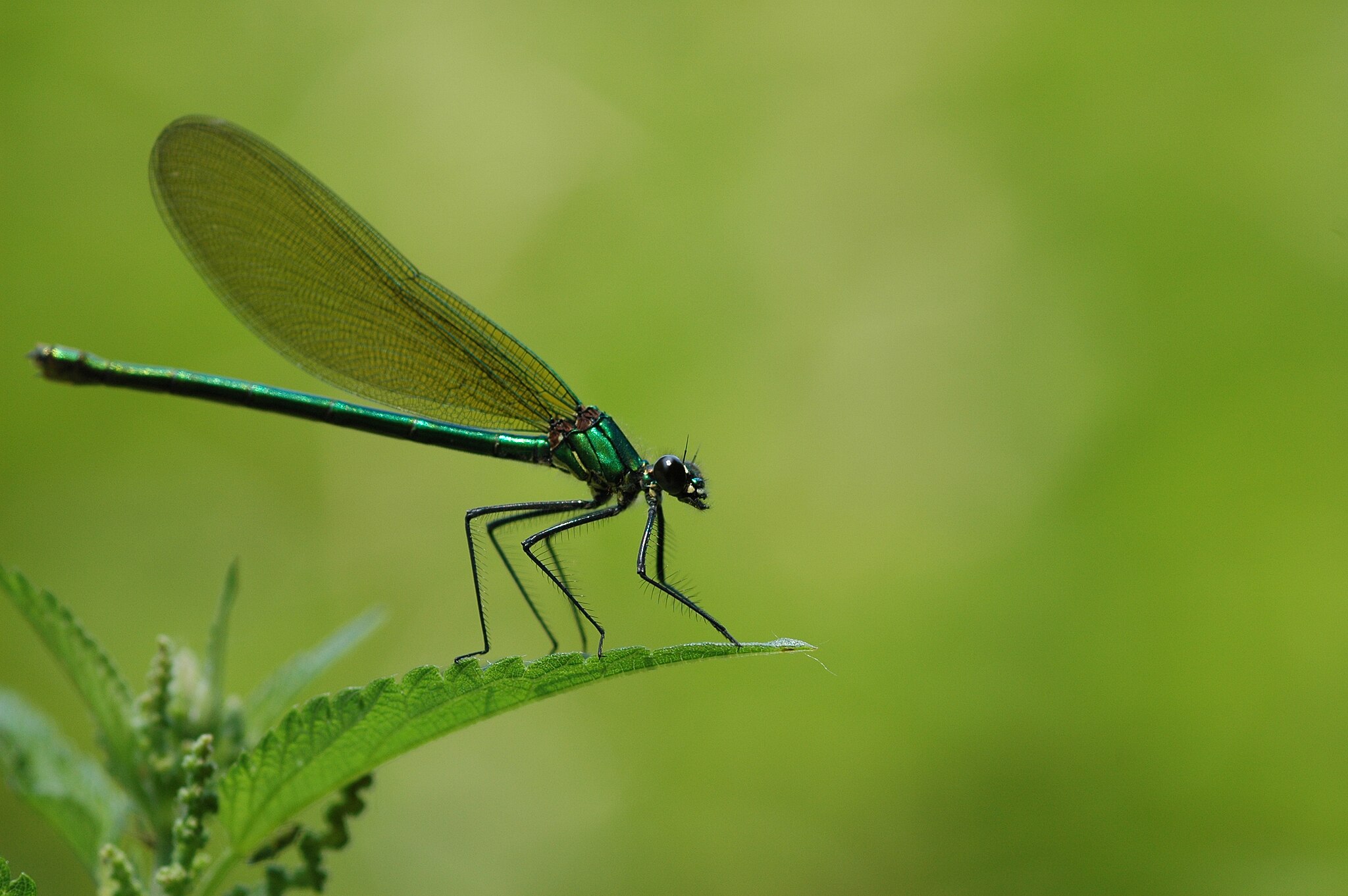
Although dragonflies are carnivorous and are interested in neither nectar nor pollen, many plants that attract pollinators with their bright flowers also provide ideal scouting conditions for adult dragonflies. Tall flower spikes, dried seed heads, long, pointy leaves and isolated twigs and stalks make choice perches for dragonflies on the watch for their next catch.
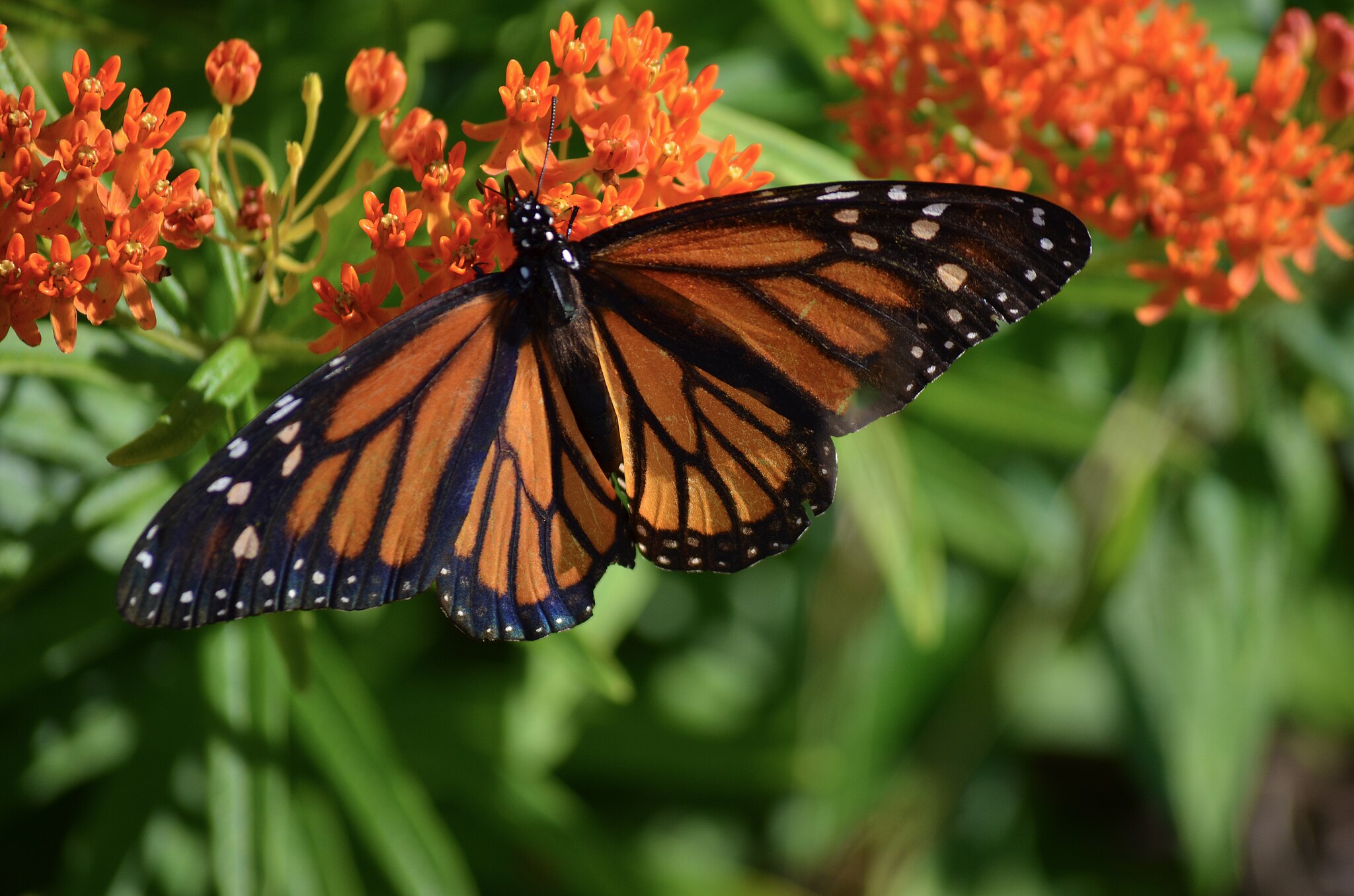
Milkweed
There are three common species of milkweed that can be used to attract dragonflies. Butterfly weed (Asclepias tuberosa), common milkweed (Asclepias syriaca) and swamp milkweed (Asclepias incarnata) are all beautiful, native perennials. These low-maintenance plants attract both pollinators and dragonflies, while resisting pests like deer and groundhogs due to their toxic, milky sap.
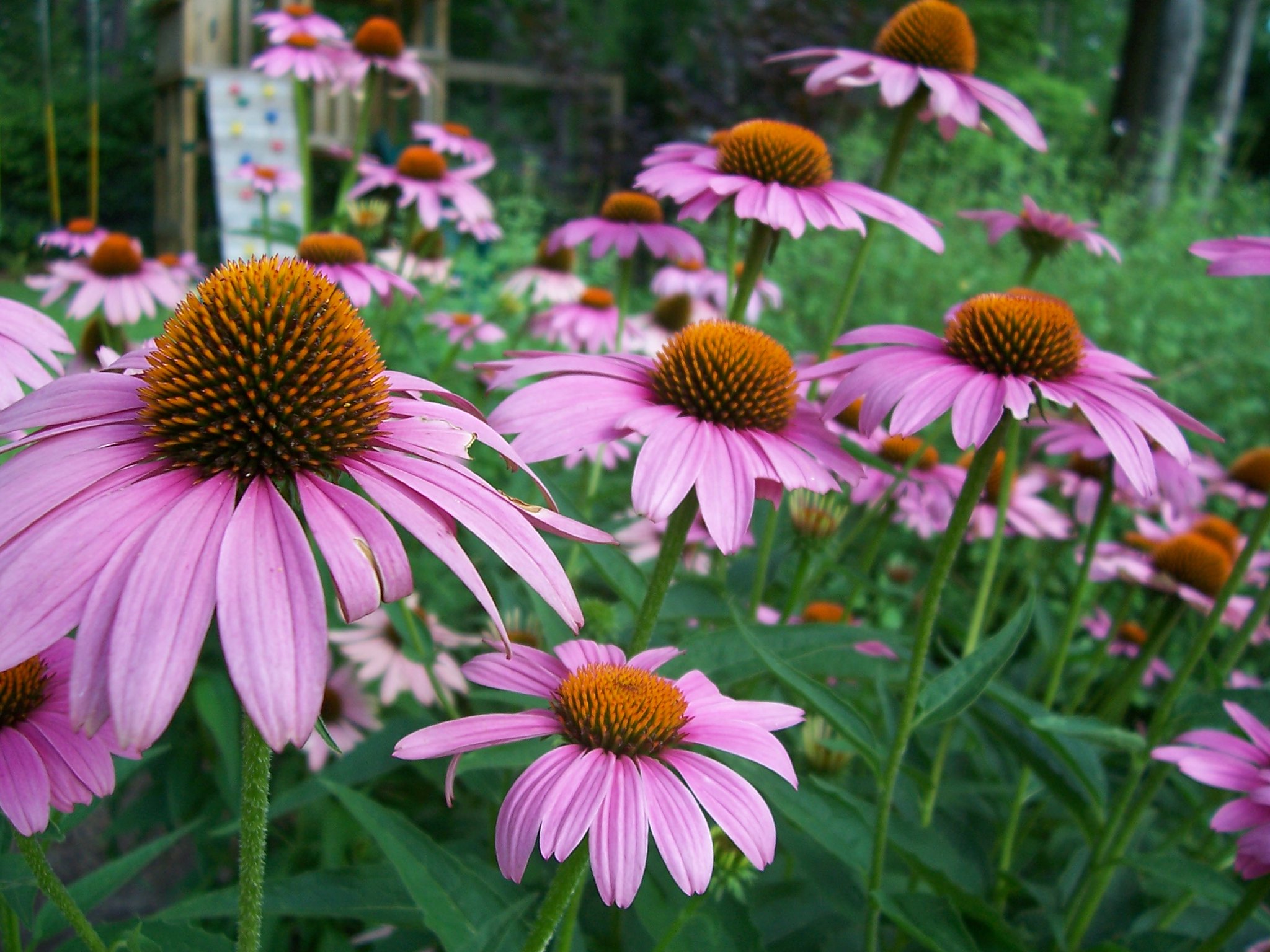
Purple coneflower
Echinacea purpurea is a hardy native wildflower that offers bountiful summer blossoms for pollinators, while leaves, flowers and seed heads all serve as sturdy perching areas for dragonflies. Cone flowers are easy to grow in fertile soil with full to partial sun.
The plants have a tough texture that doesn’t appeal to most herbivores, but the long-standing seed heads attract birds throughout the winter months. The roots have medicinal value for boosting immunity against cold and flu symptoms, and are often used in herbal remedies.
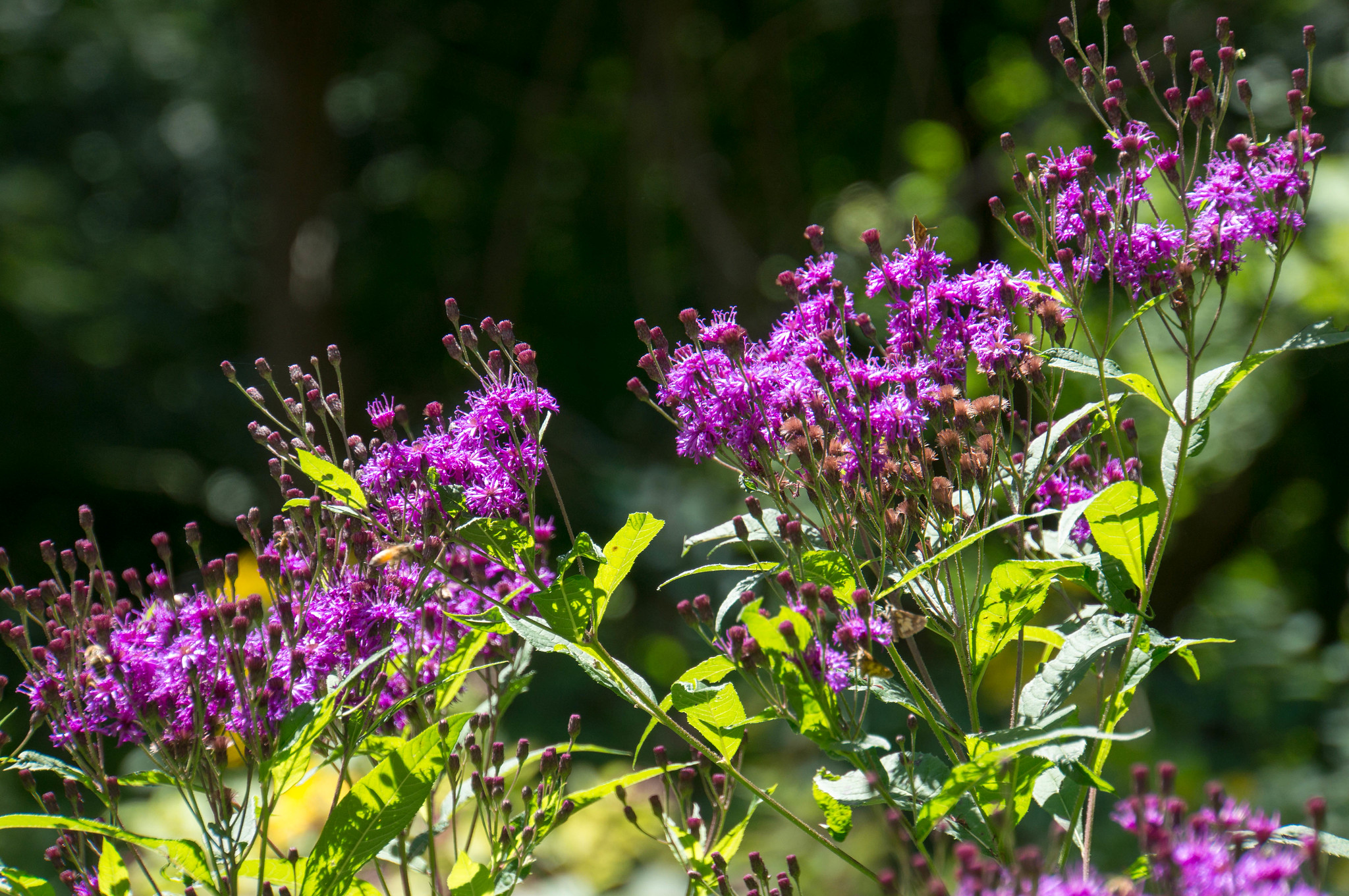
Ironweed
Vernonia fasciculata is one of many species in the genus Vernonia known as ironweed. Considered a nuisance by ranchers, this tough and scruffy wildflower was once cherished by Native Americans for its medicinal properties.
The bright purple flowers act as a magnet for pollinators in open fields, pastures and ditches where the plant grows naturally. Drought tolerant and easy-to-grow, ironweed also offers plenty of perches for dragonflies to scout out their prey.
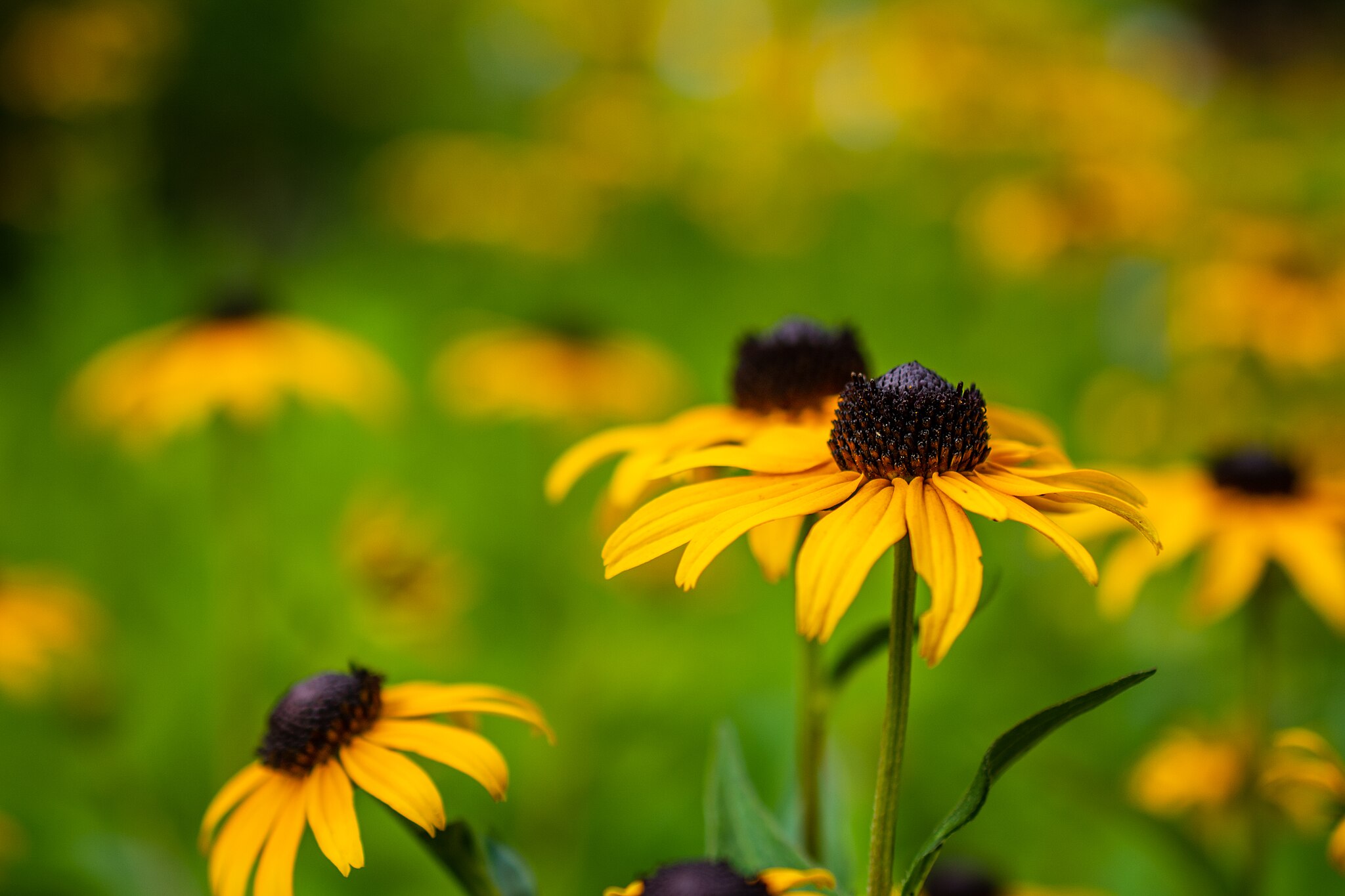
Rudbeckia
Rudbeckia is a genus that includes dozens of herbaceous perennials commonly known as black-eyed Susans, or yellow coneflowers. These sturdy plants make an attractive arena for dragonflies, with the taller species (maxima and laciniata) providing especially good seats for spying prey.
The smaller Rudbeckia hirta is a common choice for home gardens, with its multitude of golden flowers that attract beneficial insects. Most Rudbeckia species are easy-to-grow, low-maintenance plants, with some making excellent cut flowers.
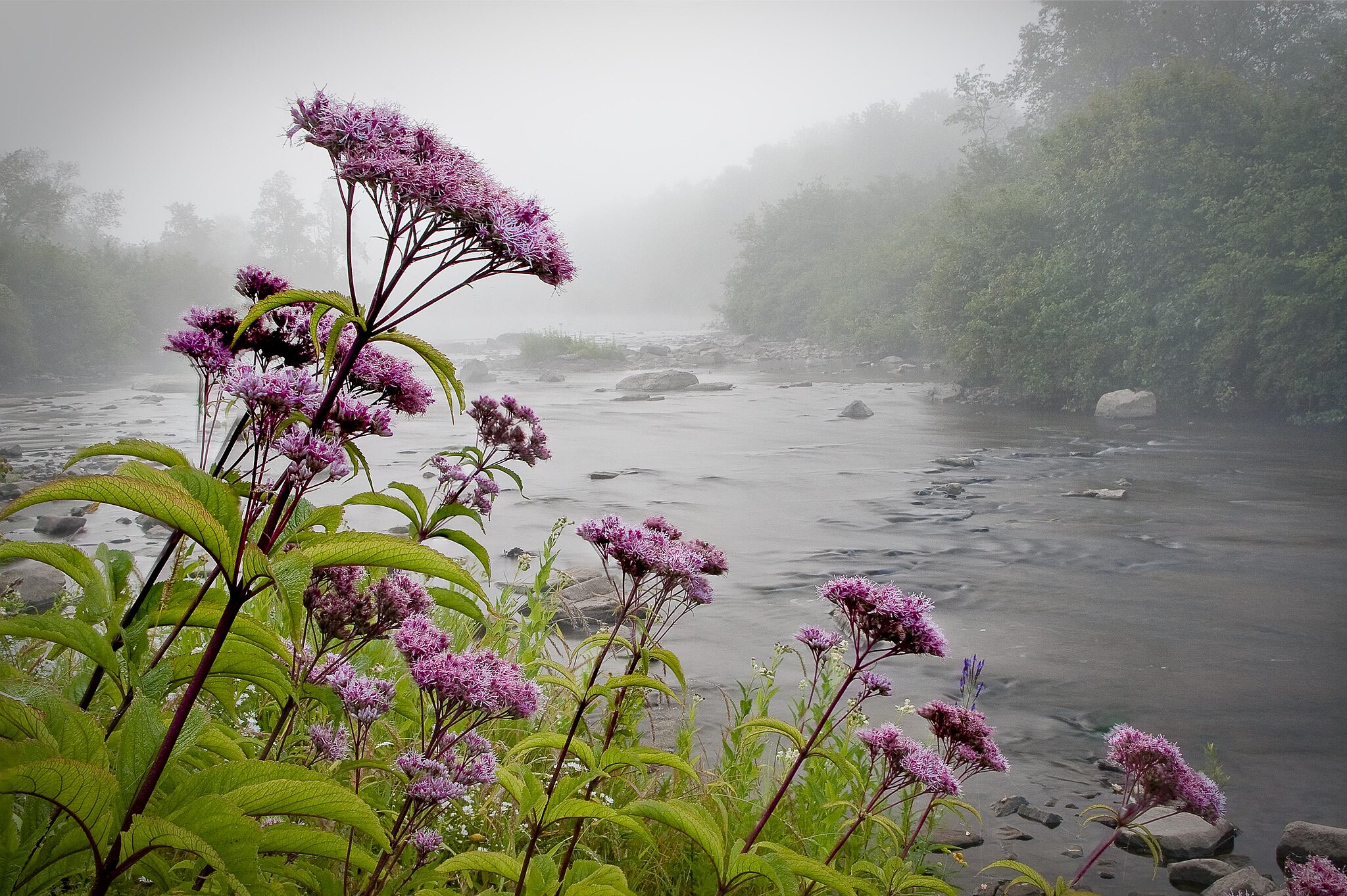
Joe-pye weed
Eutrochium purpureum is a tall perennial wildflower that sports large clusters of small pink flowers from summer into fall throughout eastern and central North America. The flowers have a soft vanilla fragrance, and their lofty position on these large plants make them perfect resting spots for dragonflies.
Joe-pye weed is a low-maintenance and drought resistant plant. It will attract birds, bees, and other pollinators while acting as a host plant for the caterpillars of several moths and butterflies. The dried roots and flowers both have medicinal value as a diuretic.
Dragonflies do more than just eat mosquitoes
While we can appreciate dragonflies as natural pest control, for other creatures they provide nutritious sustenance. Dragonflies and their nymphs are food for many birds, amphibians, fish, omnivorous mammals, and even insects like wasps and praying mantises.
Because they are low on the food chain, dragonflies are also useful ecological indicators. Studying dragonfly populations can reveal the condition of water ecosystems more quickly than studying plants or other animals; and what a splendid subject to study!
Have you seen any of these flying beauties lately? You may be just a few plants away from a rewarding relationship.





